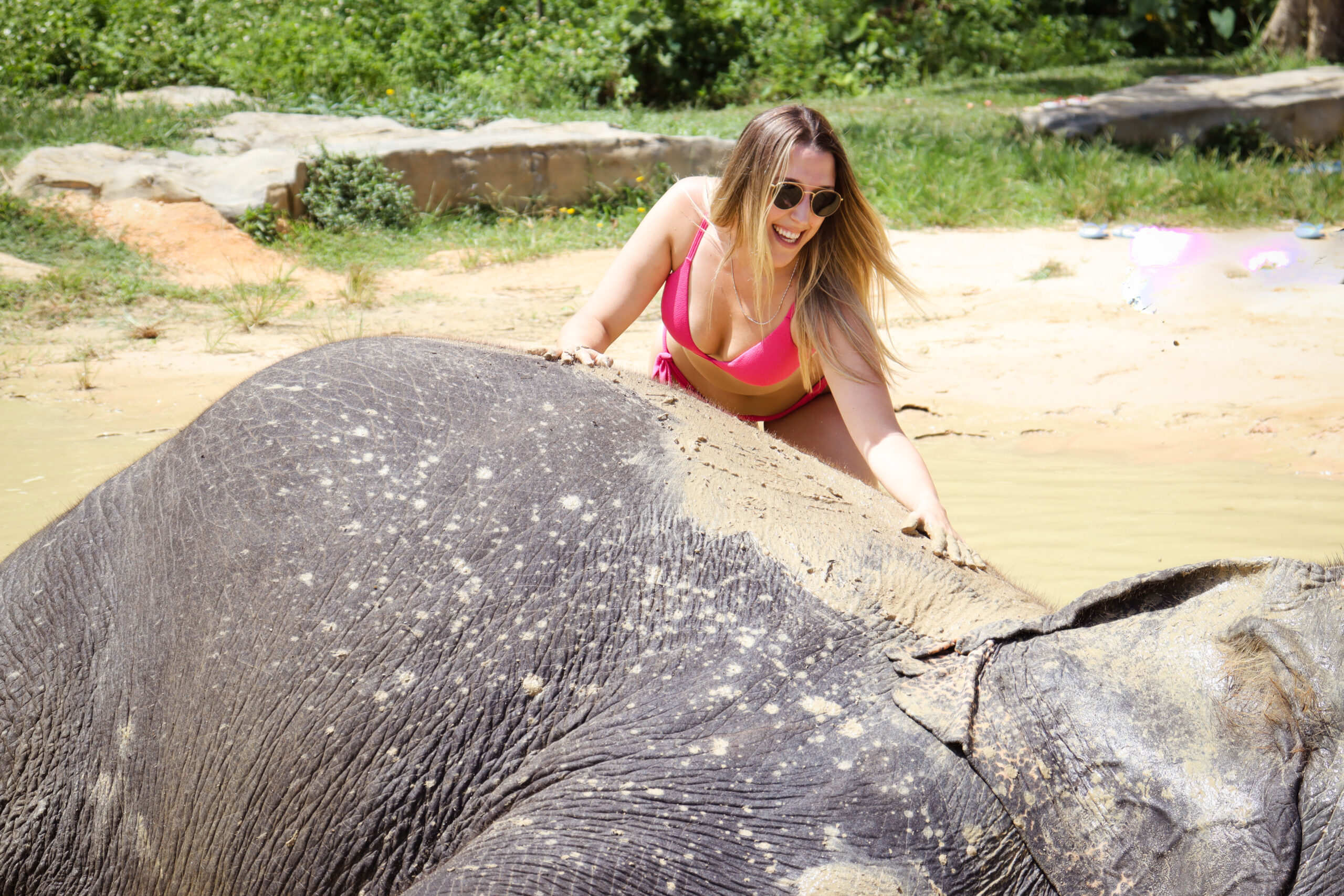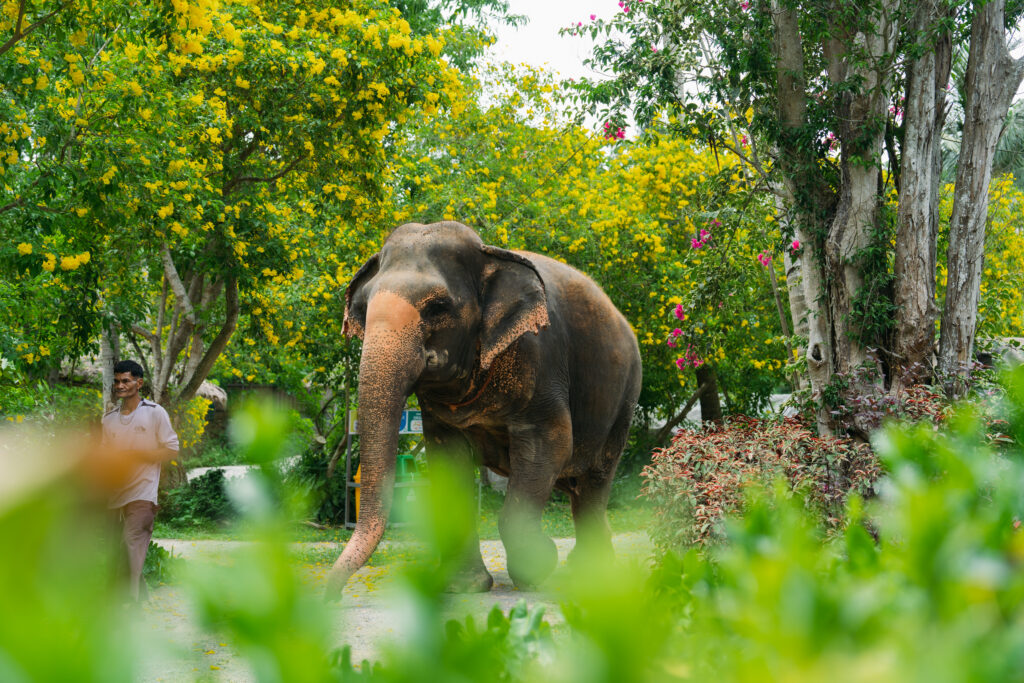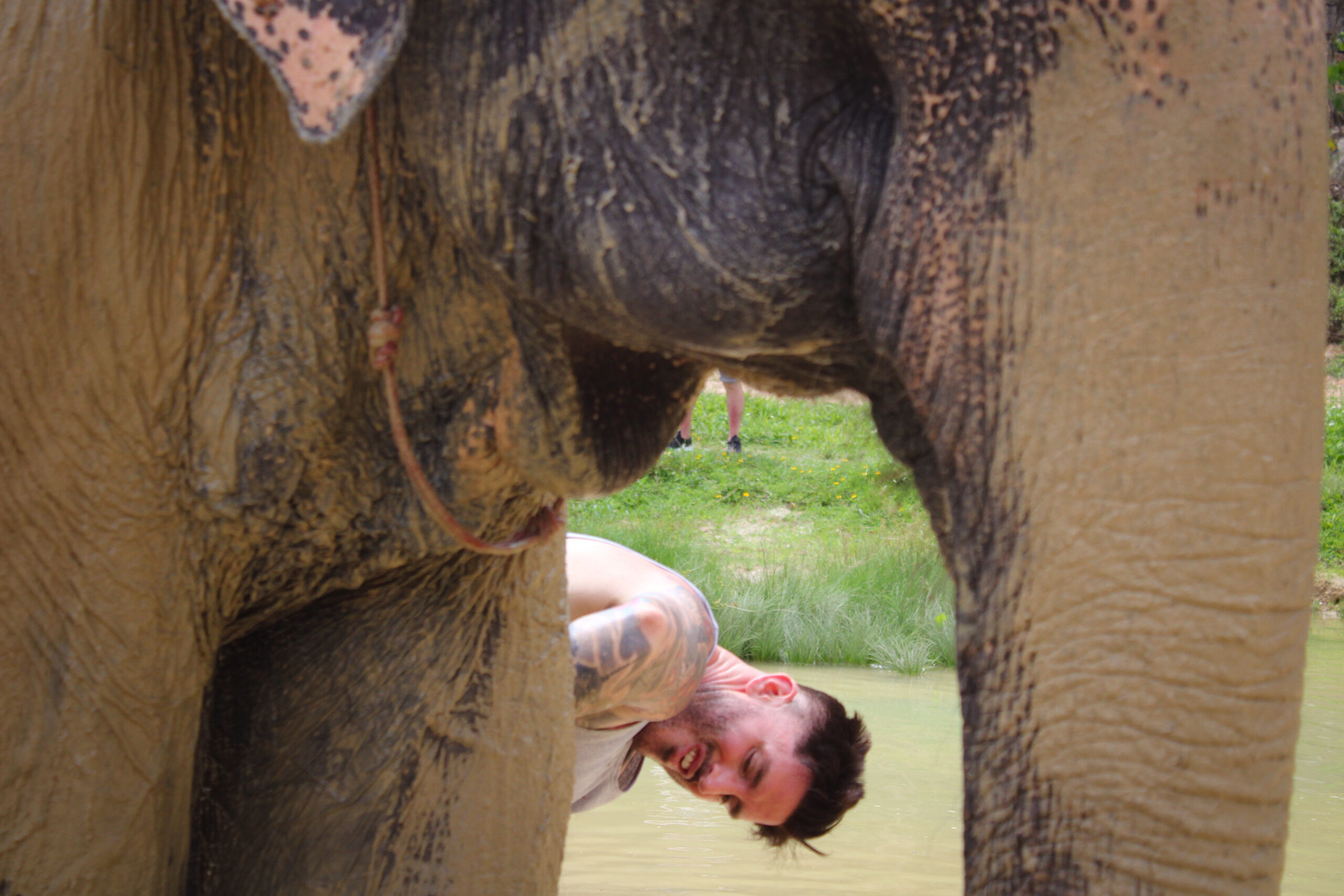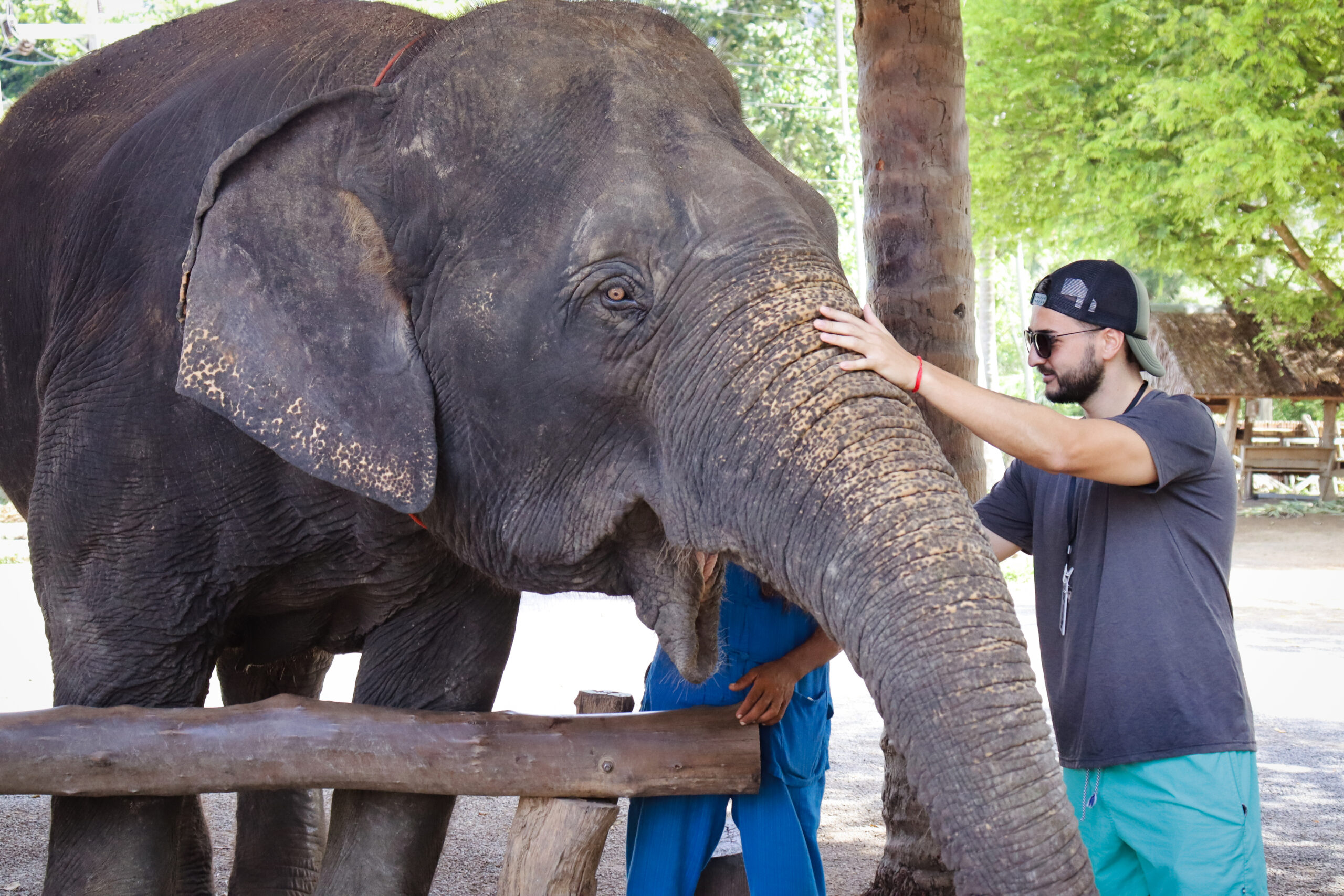
Elephants hold a special place in the hearts of many cultures around the world, revered for their intelligence, strength, and gentle nature. In recent years, however, the treatment of elephant reservations in the tourism industry has come under scrutiny, with concerns raised about their welfare and conservation. In response to these issues, sanctuaries like Aonang Elephant Sanctuary have emerged, offering visitors the opportunity to experience elephants responsibly and ethically. Let’s delve deeper into the world of Aonang Elephant Sanctuary and explore the majesty of these incredible creatures.
The Role of Aonang Elephant Sanctuary in Conservation Efforts
Aonang Elephant Sanctuary’s commitment to conservation extends beyond its borders. Through partnerships with local and international organizations, the sanctuary plays a crucial role in safeguarding elephant habitats and promoting biodiversity conservation. By participating in research initiatives and supporting habitat restoration projects, Aonang Elephant Sanctuary contributes to the long-term survival of not only elephants but also other wildlife species that call the region home.
Community Engagement and Empowerment
In addition to its conservation efforts, Aonang Elephant Sanctuary actively engages with surrounding communities to promote sustainable development and empower residents. By providing employment opportunities, investing in education, and supporting small-scale enterprises, the sanctuary fosters economic growth while preserving traditional ways of life. Through initiatives such as community-based ecotourism and cultural exchange programs, Aonang Elephant Sanctuary promotes cross-cultural understanding and fosters mutual respect between visitors and locals.
Innovations in Elephant Welfare
Driven by a passion for innovation and continuous improvement, Aonang Elephant Sanctuary constantly seeks new ways to enhance elephant welfare and visitor experiences. From implementing state-of-the-art veterinary care facilities to pioneering research on elephant behavior and communication, the sanctuary remains at the forefront of elephant conservation practices. By embracing innovation and embracing technological advancements, Aonang Elephant Sanctuary sets a high standard for ethical elephant tourism worldwide.
The Importance of Responsible Tourism Advocacy
While Aonang Elephant Sanctuary leads by example, the broader tourism industry must also embrace responsible practices to ensure a sustainable future for elephant tourism. Through advocacy and collaboration with industry stakeholders, Aonang Elephant Sanctuary advocates for the adoption of ethical guidelines and regulations that prioritize animal welfare and environmental sustainability. By raising awareness about the impact of irresponsible tourism practices and promoting alternative approaches, Aonang Elephant Sanctuary inspires positive change within the tourism industry and beyond.
The Ethical Elephant Reservation Experience: Transformative Encounters
For many visitors, a visit to Aonang Elephant Sanctuary is more than just a tourist attraction—it’s a transformative experience that fosters a deep connection with nature and instills a sense of responsibility towards conservation. Through hands-on interactions with elephant reservations, guided educational tours, and meaningful cultural exchanges, visitors gain a newfound appreciation for wildlife and the importance of preserving natural ecosystems. By immersing themselves in the sanctuary’s ethos of compassion and respect, visitors leave with memories that last a lifetime and a renewed commitment to protecting the planet.
Empowering Future Generations
As stewards of the earth, it is our collective responsibility to ensure a sustainable future for generations to come. Through educational outreach programs and environmental advocacy initiatives, Aonang Elephant Sanctuary empowers future generations to become champions of conservation and advocates for positive change in their communities. By instilling values of compassion, empathy, and environmental stewardship in young minds, Aonang Elephant Sanctuary cultivates a generation of leaders who are committed to protecting our planet and preserving its biodiversity.
Understanding Elephant Tourism
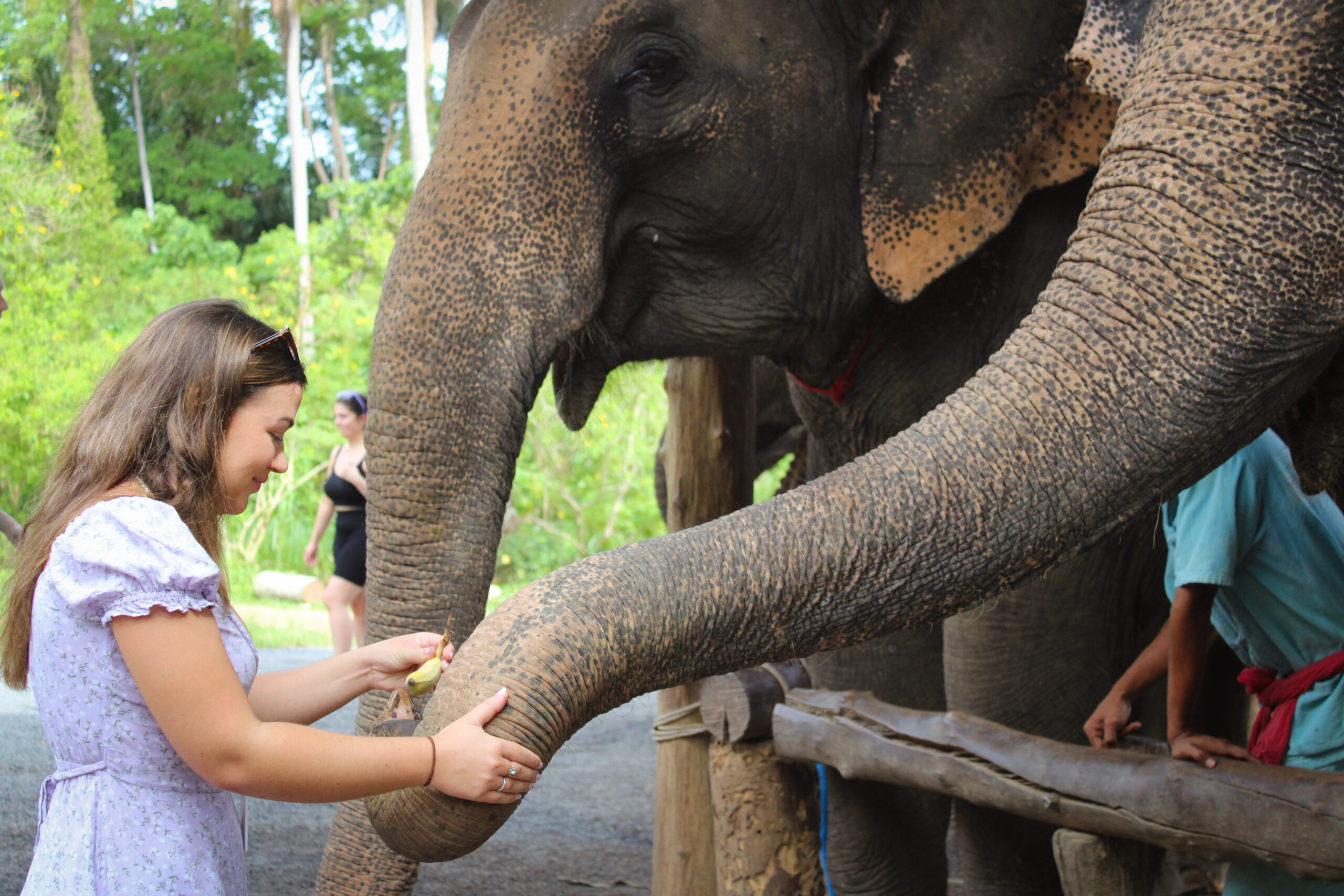
To truly appreciate the significance of sanctuaries like Aonang Elephant Sanctuary, it’s essential to understand the context of elephant tourism in places like Krabi, Thailand. For centuries, elephants have been used in various capacities, from labor in the logging industry to entertainment in circuses and tourist attractions. However, as awareness has grown about the detrimental effects of such practices on elephant welfare, attitudes towards elephant tourism have shifted.
The Evolution of Aonang Elephant Sanctuary
Aonang Elephant Sanctuary represents a paradigm shift in the way we interact with elephants. Founded on principles of compassion and conservation, the sanctuary provides a haven for elephants rescued from exploitative industries. Here, elephants are allowed to live freely in their natural habitat, free from the demands of captivity.
Ethical Interactions at Aonang Elephant Sanctuary
Visitors to Aonang Elephant Sanctuary can expect a truly transformative experience. Unlike traditional tourist attractions that focus on spectacle and entertainment, the sanctuary offers meaningful interactions with elephants based on mutual respect and understanding. From feeding and bathing elephants to observing their social dynamics, every activity is designed to foster a deep connection between humans and elephants.
The Impact of Elephant Tourism on Conservation
One of the most significant benefits of sanctuaries like Aonang Elephant Sanctuary is their contribution to elephant conservation efforts. By raising awareness about the plight of elephants and providing a platform for education and advocacy, these sanctuaries play a crucial role in safeguarding the future of these iconic animals. Additionally, revenue generated from ecotourism helps fund conservation initiatives and support local communities.
Sustainable Practices at Aonang Elephant Sanctuary
Sustainability is at the core of everything Aonang Elephant Sanctuary does. From minimizing waste and energy consumption to supporting local businesses and communities, the sanctuary is committed to reducing its environmental footprint while maximizing its positive impact. Visitors are encouraged to adopt sustainable practices during their stay, ensuring that their experience is both enriching and eco-friendly.
Beyond Elephant Tourism: Exploring Krabi
While a visit to Aonang Elephant Sanctuary is undoubtedly a highlight of any trip to Krabi, the region offers a wealth of other attractions for visitors to explore. From pristine beaches and lush jungles to vibrant markets and cultural landmarks, Krabi has something to offer every type of traveler. Whether you’re seeking adventure, relaxation, or cultural immersion, Krabi has it all.
The Future of Elephant Reservation Tourism
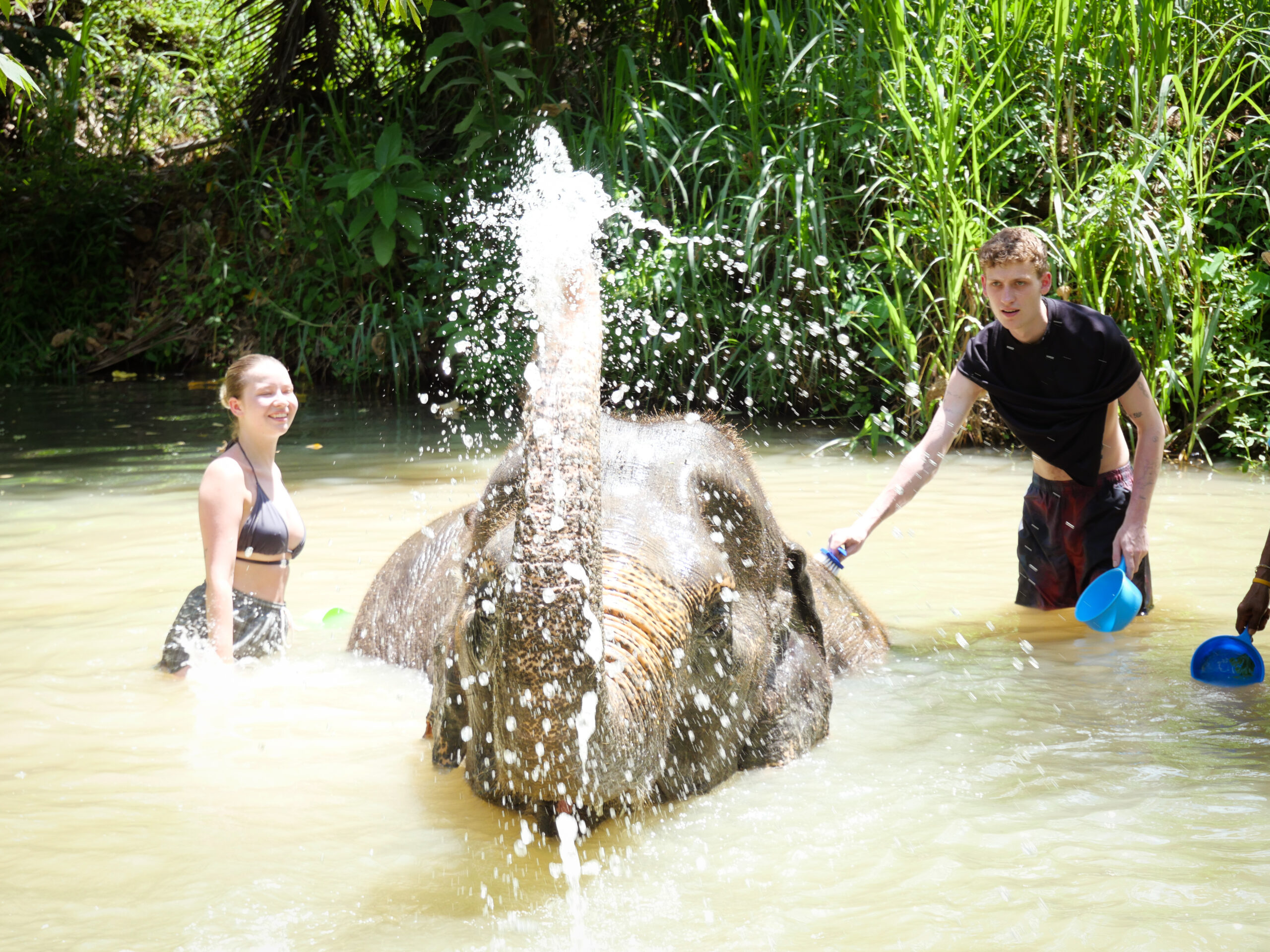
As the demand for ethical tourism continues to grow, the future of Elephant Reservation tourism looks promising. Sanctuaries like Aonang Elephant Sanctuary serve as beacons of hope, demonstrating that it is possible to create meaningful and sustainable interactions between humans and elephants. By supporting these initiatives and advocating for responsible tourism practices, we can ensure that future generations can continue to marvel at the majesty of these remarkable creatures.
In conclusion, Aonang Elephant Sanctuary stands as a shining example of what is possible when compassion, conservation, and tourism intersect. By offering visitors the opportunity to experience elephants responsibly and ethically, the sanctuary not only provides a transformative experience but also contributes to the long-term conservation of these magnificent animals. As we look to the future, let us continue to support initiatives like Aonang Elephant Sanctuary and strive to create a world where humans and elephants can coexist harmoniously.
Frequently asked questions
Can I bring food to feed the elephants at Aonang Elephant Sanctuary?
While visitors are not allowed to bring their food to feed the elephants, the sanctuary provides opportunities for supervised feeding sessions as part of the visitor experience.
Are there age restrictions for visitors to Aonang Elephant Sanctuary?
Aonang Elephant Sanctuary welcomes visitors of all ages. However, children must be accompanied by adults, and certain activities may have age restrictions for safety reasons.
What measures are in place to ensure the safety of visitors during their visit to the sanctuary?
Aonang Elephant Sanctuary prioritizes the safety of both visitors and elephants. Trained guides are on hand to supervise all interactions, and safety briefings are provided before any activities commence.
Can I take photographs during my visit to Aonang Elephant Sanctuary?
Yes, visitors are welcome to take photographs during their visit, but it’s essential to respect the privacy and comfort of the elephants. Flash photography and loud noises should be avoided to prevent any unnecessary stress.
How can I contribute to the ongoing conservation efforts of Aonang Elephant Sanctuary after my visit?
There are several ways to continue supporting the conservation efforts of Aonang Elephant Sanctuary, including making donations, participating in volunteer programs, and spreading awareness about ethical elephant tourism practices within your community.


